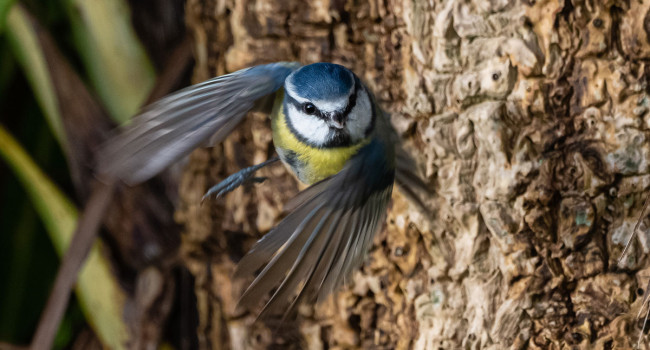Breeding bird assemblages supported by developing upland shrub woodland are influenced by micro-climate and habitat structure
Author(s): Calladine, J., Jarrett, D. & Wilson, M.
Published: July 2019
Journal: Bird Study
Digital Identifier No. (DOI): 10.1080/00063657.2019.1635986
Abstract
Capsule: Local microclimate as well as habitat influence the abundance of birds within dynamically changing upland habitats.
Aims: Identify the relative importance of near-ground temperature (as an index of climate at a scale typical of the territory of breeding passerines) and habitat for some breeding birds in upland Scotland where land uses and habitats are changing.
Methods: Timed point counts sampled breeding birds within the marginal uplands of Scotland in habitats at successional stages between pasture and shrubland. Habitat composition and ambient temperatures were recorded at the same sampling points. Generalised Linear Mixed Models were used to assess associations of bird abundance, species richness and species diversity with habitat and ambient near-ground temperature.
Results: Species richness increased with mean temperature, was greatest within areas of shrubland and was lowest in open habitats. Different species showed individual associations with temperature and habitat. Species predominantly associated with shrubland tended to have a negative association with temperature.
Conclusions: Understanding the habitat and climatic niche requirements of different species will facilitate appropriate land management to be targeted within appropriate climatic patches. For example, open habitats suitable for Whinchat should be within warmer climate patches (typically lower elevation or southern aspects) while shrublands can support Willow Warbler at cooler elevations and aspects. Management that delivers a mosaic of habitats, spanning areas of climatic heterogeneity should enhance the diversity of birds supported in the upland margins and potentially their resilience to changing environmental conditions.








Share this page